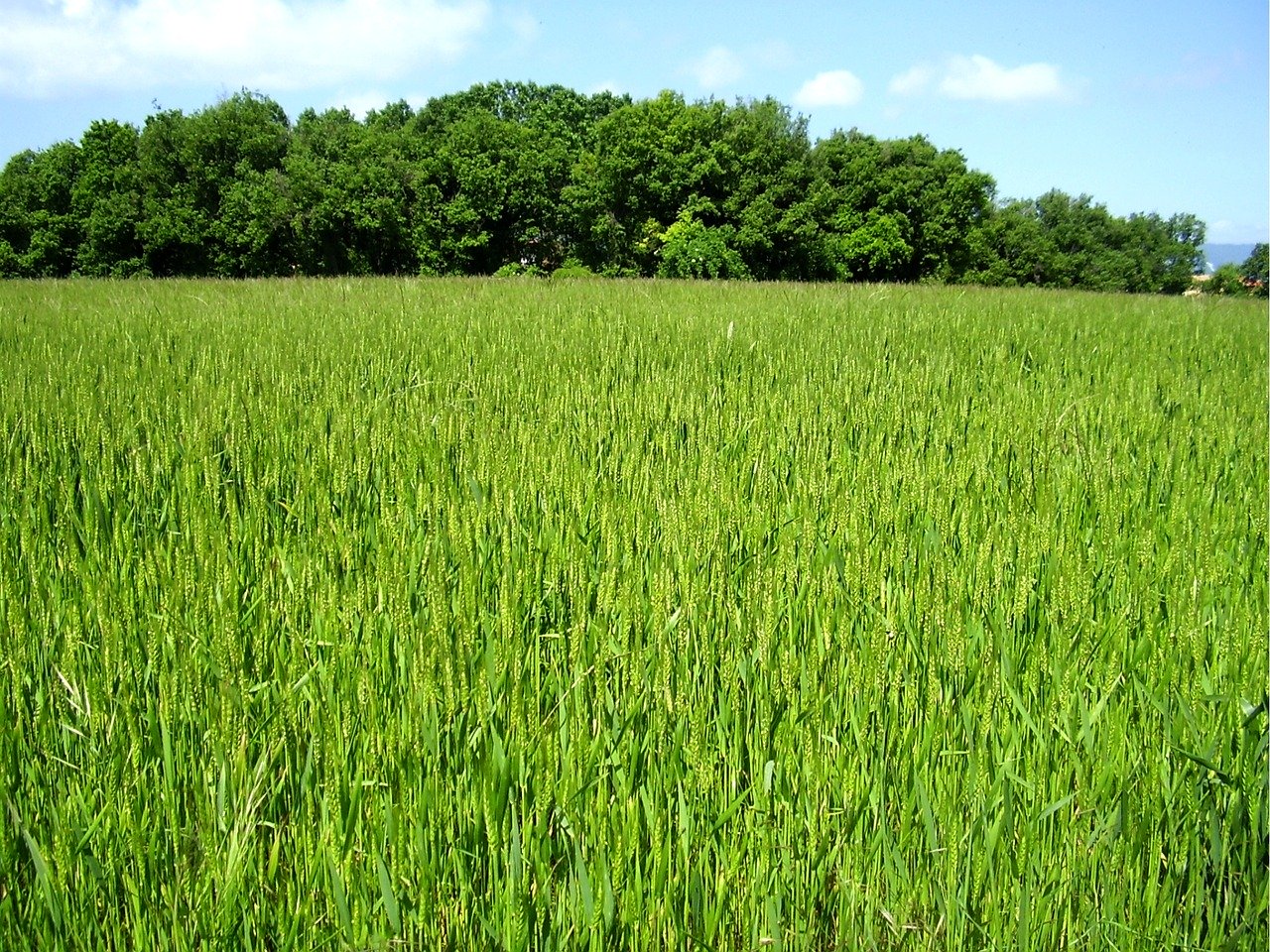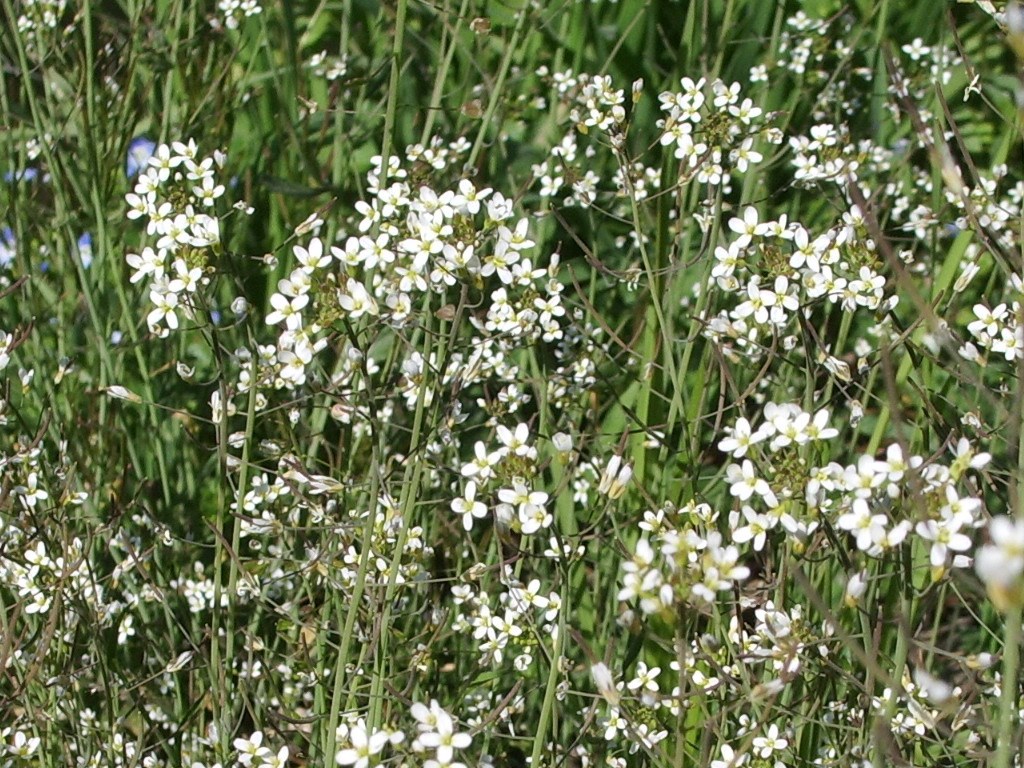God is Green – Plants and pollution
Human activity creates pollution: from transportation to agriculture, industrial manufacturing to mining, livestock rearing to construction, all these practices, integral to our economic system, require natural resources and energy, and alter the balance of our ecosystem. The processes of combustion, waste management, and residue from chemical processing all release fine dust and particles, composts of nitrogen and carbon, heavy metals like lead and mercury, hydrocarbons. The high concentration of these substances is harmful to the environment and toxic for all living organisms — it threatens the survival of species and reduces biodiversity.
Pollution contaminates the environment, because it alters the chemical and physical characteristics of water, soil, and air, upsetting the livability and balance of the ecosystem. As pollution levels increase, the environment becomes hostile to many lifeforms — including humans— and our very survival is threatened. To reverse this trend, we must rethink the way in which we produce, consume, and interact with the environment. In the mean time, we must clean up the atmosphere, bodies of water, and contaminated territories.
Ph. Ashley Felton
Plants present a valid opportunity. Plants produce oxygen and consume carbon dioxide, which is present in excessive amounts in our atmosphere and is one of the greatest causes in the acceleration of global warming. Through roots and leaves, plants are able to intercept and decompose VOCs, or volatile organic compounds, trapping the fine dust present in our atmosphere. They are valid allies for air purification as well as soil purification.
About 100 years ago, botanists observed that some plants flourished in soil that was rich in the metals nickel and zinc. The plants were able to collect and store high concentrations of these metals within their own organisms. Surprisingly, these plants did not suffer, but actually benefitted from the presence of the metals. The plants worked as natural extractors: they intercepted the metals from the terrain, and stored them in their trunks and leaves. ‘If only [the metals] had been gold…’ one botanist commented. But it turned out to be even better! These scientists had discovered the qualities of ‘hyper-accumulating’ plants, which are now centerstage in modern strategies designed to decontaminate soil today.
What is Phytohealing?
Soil pollution is one of the most underestimated consequences of human activity. The soil’s accumulation of toxic substances does not neutralise them: the contaminants can attack the deeper layers of soil and threaten the development of organisms, poisoning the inhabitants of these environments. Traditional soil-depuration techniques are limited to confining the contaminated areas, removal, and storage of the toxic material elsewhere. Unfortunately, these are operations that only move the problem from one place to the next, thereby creating others. The problem is only re-moved, but not solved. Plants, however, offer us a brilliant solution: Phytohealing.
Phytohealing is the bio-technique that plants employ to improve the environment. It combines plant science with engineering, and expands the plants’ ability to remove organic and inorganic pollutants from soil, water, and air. These processes are slow, but extremely effective, sustainable, respectful of resources and of the ecosystem, and also cut energy consumption. We are able to employ Phytohealing on site.

To understand the value of phytohealing we must think of the most polluted area that comes to mind, an old garbage dump for example, or an industrial waste area. Now imagine that these toxic and threatening areas can be regenerated by planting trees. No chemical processes need to be involved, no mechanical operations: only a small patch of woods.
Sounds too good to be true, right? We are neutralising a danger to our health and also gaining a wooded landscape in the exchange (plus cleaner air, cooler temperatures, more biodiversity). I have good news for you: all this is indeed possible, and works extremely well. And it costs less than any other alternative.
Phytodepuration occurs in a number of phases. Plants absorb and decompose the pollutant with their roots, metabolising it in their fibres, and eventually transfer it to their leaves. They thus transform contaminants into non-toxic compounds, and then release them into the air, via their leaves, in gaseous forms. With their roots, plants attract and immobilise toxic substances, impeding their spread. Plants may also stimulate the activation of rhyzospheric microorganisms (otherwise known as all the microorganisms like mushrooms and funghi and bacteria contained in soil) that work in symbiosis with the roots themselves. In the latter case, these microorganisms will destroy the toxins.
Neutralising pollutants is possible in dense soil, swamp areas, and even in water, depending on the plants used. Plants demonstrate an infinite capability to regenerate the environment.
What are some of the species of ‘super-plants’ which combat pollution?
The poplar tree, for example. The Populus is particularly efficient at absorbing lead, zinc, nickel, and arsenic from organic compounds. It is able to render gaseous highly toxic substances such as Tricloroethylene, a chemical used in industrial production as a solvent. The Willow (Salix) is another example. In phytohealing interventions, when the contaminated area is extended, trees are preferable above other types of plants, because their root apparatus is able to act on a deeper level.

Arabidopsis-thaliana, Arabetta-Comune – Ph. Severgnini Vincenzo
The Arabidopsis-thaliana is one of the most efficient soil phytohealers.
Fescue, ryegrass and many other grasses are other valuable heavy metal extractors. Some brassaceae, such as Arabidopsis thaliana or Brassica juncea, convert many pollutants into less toxic forms. Among the aquatic species, the blueberry (Myriophillum acquaticum) and the Spartina excel. And then there is Hemp sativa, a very efficient accumulator, capable of acting on radioactive substances as well.
Plants are a fundamental resource for future technology. Working in symbiosis with the plant world offers valid, creative and lasting solutions to the most complex problems we face. Phytorhealing is just one example: how else can we learn to collaborate with plants?
Pnat has two phytoremediation projects underway in collaboration with SEI Toscana and with the LINV – International Plant Neurobiology Laboratory.

In this case, the plants are used to purify the leachate produced in landfills, a highly toxic liquid residue that is formed by the infiltration of water, humidity contained in waste and the biochemical reactions that occur. In these projects, the leachate is diluted with water and used to irrigate poplar and willow plants, capable of purifying it of toxic organic substances and absorbing and storing inorganic ones. Usually, this practice involves the collection and storage of leachate, expensive operations both in terms of economic and energy expenditures, and which do not provide definitive solutions to the problem.
The adoption of methods of remediation using plants is an ideal alternative, because it allows the leachate to be disposed of in a way that is slow yet sustainable, practical and long term.
Pnat
PNAT is an academic spin-off from the University of Florence which combines sustainable design with the latest experimental research into plant life.
PNAT is a think-tank that was co-founded by the biologists Stefano Mancuso (Director LINV – International Laboratory of Plant Neurobiology), Elisa Azzarello, Camilla Pandolfi and Elisa Masi, and the designers Antonio Girardi and Cristiana Favretto.
Under the guidance of plant neurobiologist Stefano Mancuso, PNAT installed the first prototype of the Fabbrica dell’Aria (Air Factory) in B9, a device that purifies the air inside buildings by using plants’ natural ability to absorb and break down atmospheric pollutants
fabbrica dell'aria (air factory)
